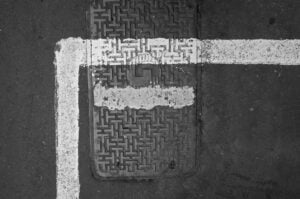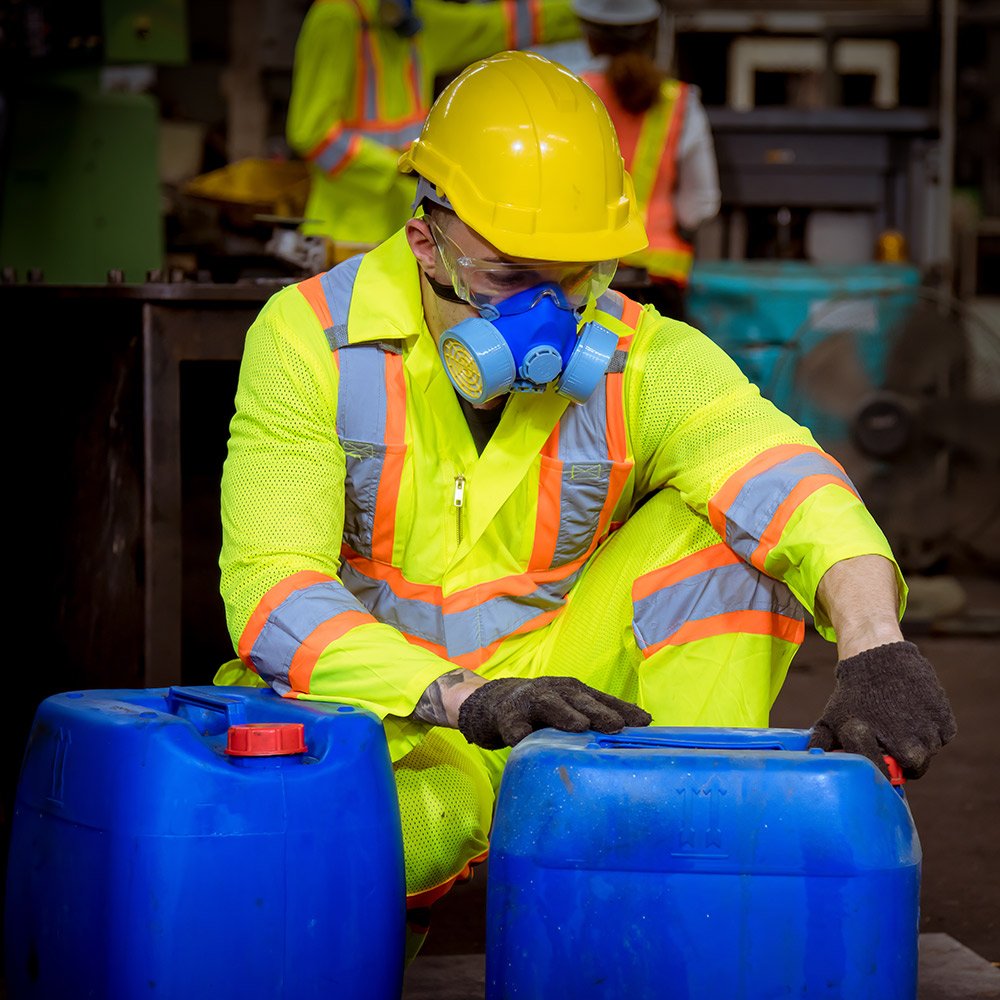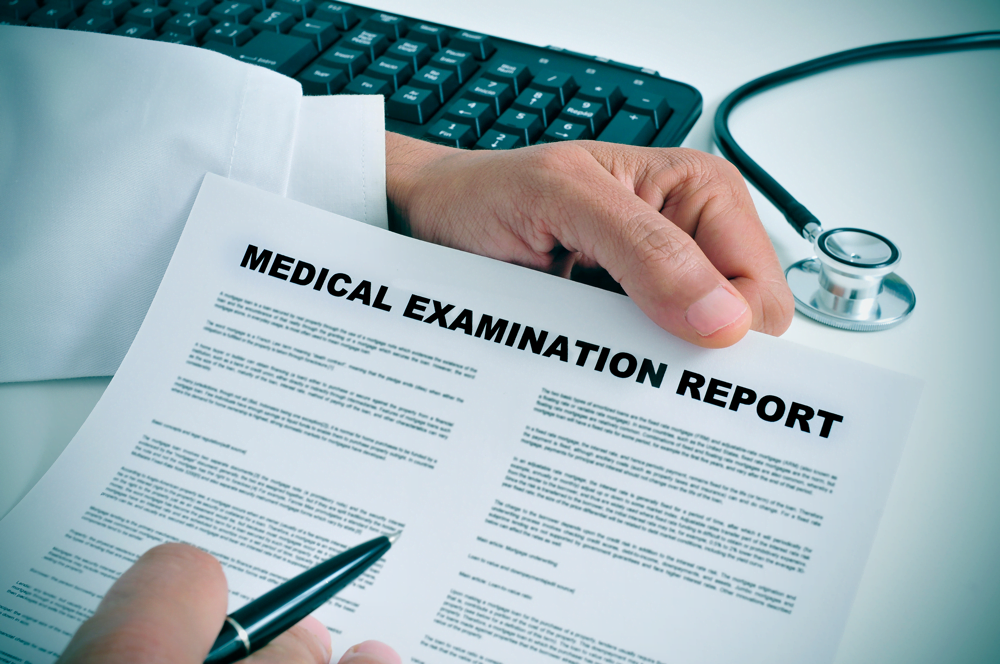Does your business involve working in enclosed spaces? If the answer is yes, then it might be worth it to consider having a confined space medical performed. Confined space medicals ensure that your employees are fit to work in such environments and are able to safely escape in case they need to.
What classifies as a confined space?
Any enclosed environment that imposes risk of serious injury occurring as a result of dangerous substances or conditions can be classified as a confined space. Some of them are fairly obvious:
- Storage tanks
- Sewers
- Enclosed drains
- Silos
- Reaction vessels

Others may be harder to identify, although they are no less hazardous:
- Vats
- Combustion chambers
- Ductwork
- Poorly ventilated/unventilated rooms
What are the main risks imposed by confined spaces?
Unless utmost care is being taken during work in confined spaces, the consequences can be extremely serious, even fatal. Below are the main risks associated with work in enclosed environments:
Insufficient oxygen
Naturally occurring reactions can cause a lack of oxygen within the space. These include reactions between some soils and the oxygen in the atmosphere, or groundwater and chalk or limestone which produce carbon dioxide and displace normal air.
Poisonous gases
Dangerous gases and fumes can leak through burst pipes or contaminated land and build up within the confined space, poisoning the atmosphere. This is especially dangerous if there is no sufficient ventilation within the space.

Free-flowing liquids and solids
Liquids or free-flowing solids such as grain can suddenly fill the space, flooding it or causing blockages that can unexpectedly collapse.
High temperature
Hot conditions can lead to a sudden raise in body temperature, leading to heatstroke or collapse due to exhaustion.
Dust
Dust may build up within the confined space, either as a result of the work being carried out or as a natural occurrence. This has the potential to cause respiratory issues or even a fatal outcome depending on the type of dust that is present.
Fire and explosions
Flammable gases, liquids, and dust in combination with hot works or tools that can spark increase the risk of fire and explosions occurring. Excessive oxygen levels can also be the reason for such incidents.

Restricted access
If an enclosed space is difficult to enter and exit, this can increase risk during emergency situations, slowing down the escape of the entrapped workers as well as the arrival of help.
What does the law say?
According to the Management of Health and Safety at Work regulations, a suitable and sufficient assessment of the risks for all work activities must be carried out so that adequate measures can be identified as to ensure the safety of the individuals working within the confined space.
How do confined space medicals manage risk levels?
Confined space medicals work by assessing the work environment and ensuring that workers are able to safely escape if the need arises and that emergency responses are available.
They also ensure that the employees are physically suitable for the work they are meant to carry out. This is done by requiring them to fill out a health questionnaire before measuring their height, weight, and BMI. Their blood pressure is also taken, and their vision, lung function and hearing are tested.

Are you looking for an effective way to manage confined space risks and protect your workforce? We at Healthscreen UK are here to help! Contact us today or click here to receive a free, no-obligation quote!







